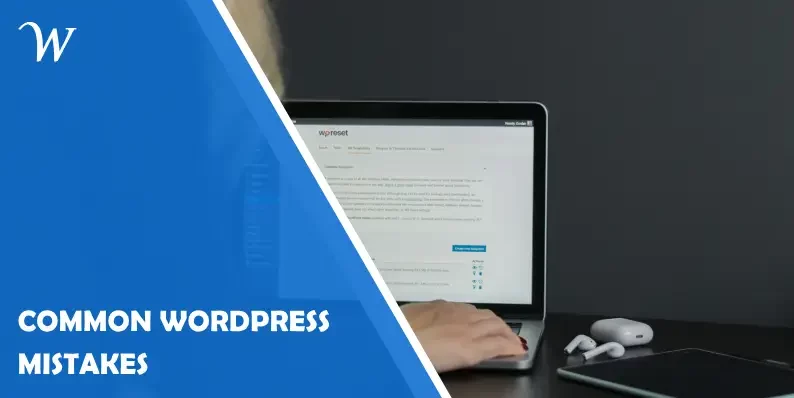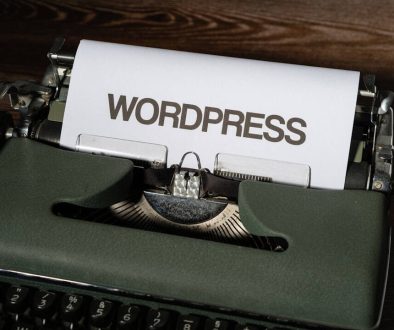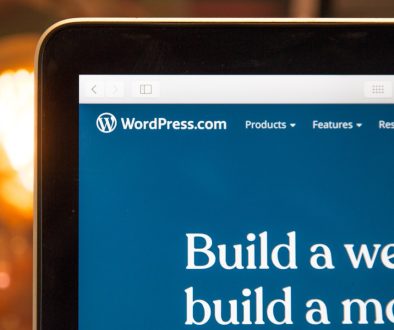Common WordPress Mistakes and How to Avoid Them
Before diving into the development process, it’s crucial to define your objectives and understand the scope of your project. Whether you’re building a personal blog or an e-commerce platform, having a clear plan in place will help streamline both time and costs. Creating a website, including one built on WordPress, always begins with careful planning and budget. To understand the cost of WordPress website development, you will need to consider many factors, such as design complexity, required features, and customization levels. However, it is equally important to be aware of WordPress mistakes that can impact your website’s success.
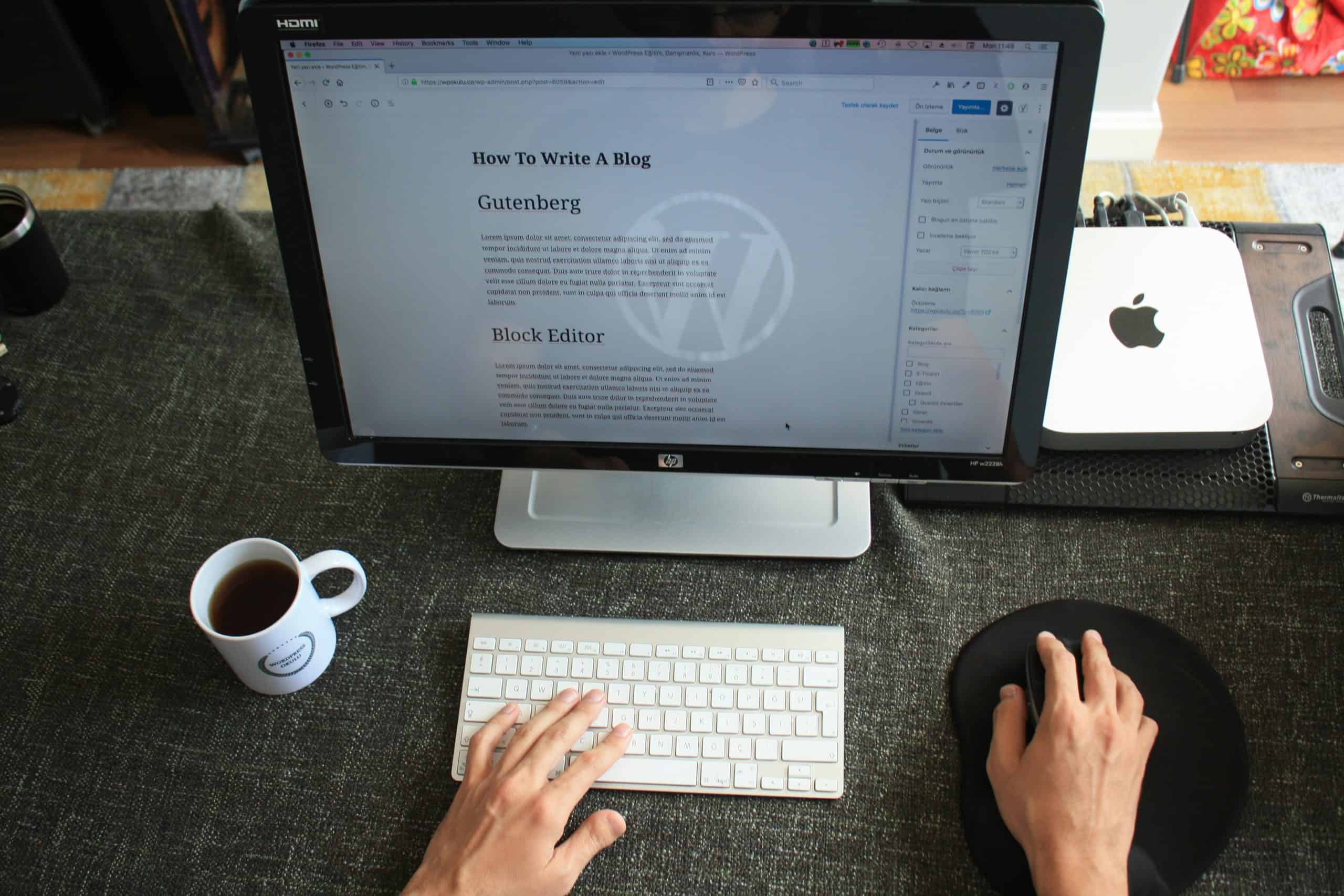
So, in this article, we’ll discuss these common mistakes and guide how to avoid them effectively.
What are the most common WordPress development mistakes?
WordPress is a widely used content management system (CMS) that enables users to create, manage, and customize sites easily and without coding knowledge. Its popularity stems from numerous opportunities, such as an extensive theme and plugin ecosystem, customization functionality, built-in SEO features, great scalability, and more. This adaptability makes WordPress a preferred choice for individuals looking to establish and maintain a solid online presence.
However, like any tool, WordPress users face problems that can negatively affect the website. So, let’s look at the common WordPress mistakes and how to deal with them.
Using too many plugins
One of the most common mistakes of WordPress users is installing too many plugins. Of course, plugins can enhance your website’s functionality, but too many can cause problems. Installing too many plugins means each plugin will load many code\CSS files, scripts, and images. So, with each additional plugin, your site has to process and load more code, which can lead to increased server load and longer page load times. A slow-performing site can negatively affect the user experience and drive visitors away.
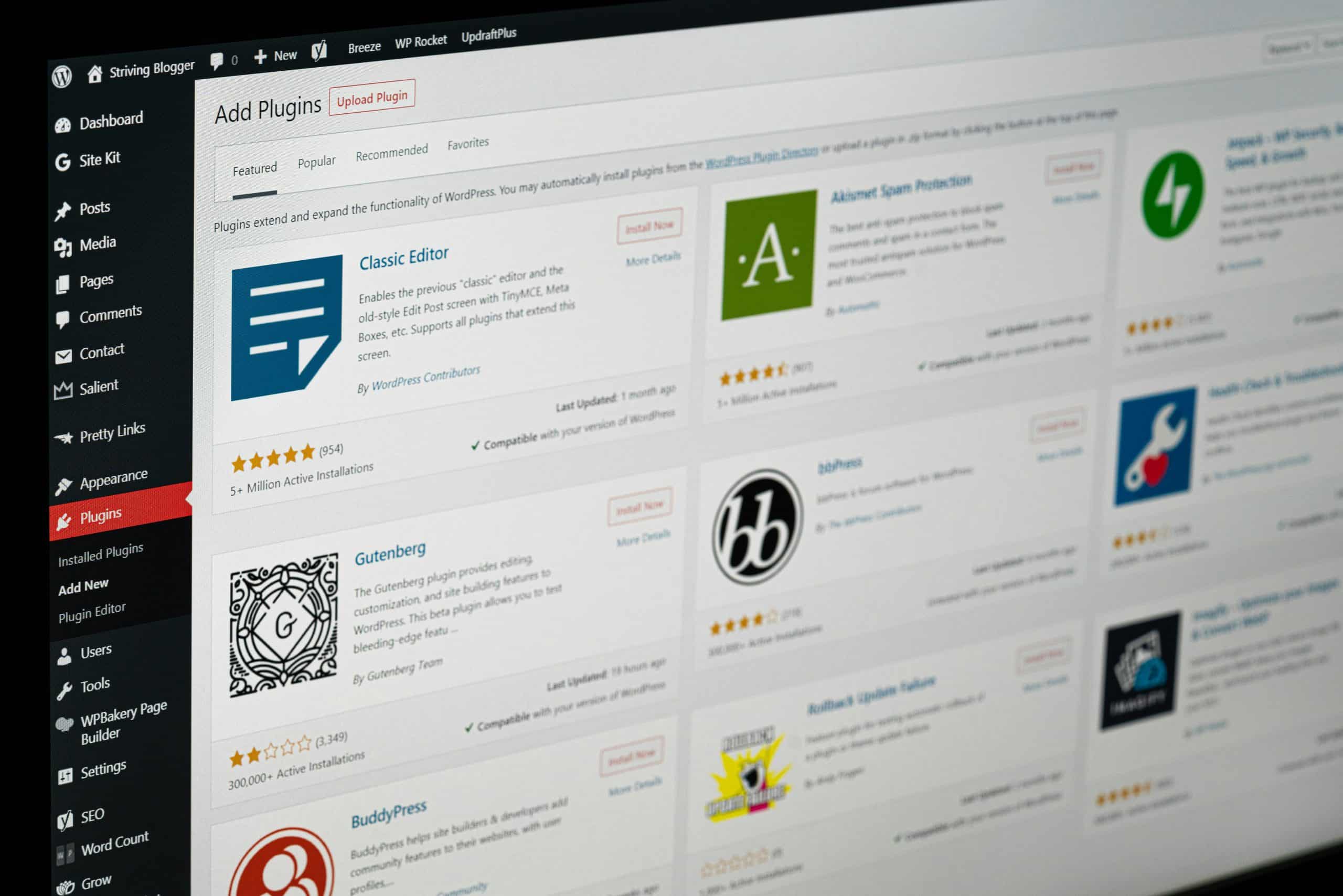
Solution. To overcome these and other challenges related to adding plugins, stick to the following tips:
- Limit plugin use;
- Choose multifunctional plugins;
- Choose reputable plugins;
- Test plugins with compatibility;
- Keep plugins updated;
- Use performance monitoring tools for plugins.
By prioritizing quality over quantity when selecting plugins, you can enhance your website’s functionality without slowing it down.
Choosing the wrong WordPress hosting provider
Opting for a free or inexpensive hosting provider might help you save money when building your website at first glance. But, in the long run, it can lead to significant issues that compromise your site’s quality. This is because your chosen provider may not offer the needed level of security, support, or speed compared to alternatives. Thus, picking the right hosting provider at the start will save you time and money.
For websites with complex needs or high scalability goals, investing in custom wordpress development services ensures better compatibility with hosting solutions and performance optimization.
Solution. Here are key factors to consider when selecting a hosting provider:
- Identify your needs;
- Pricing and plans;
- Reliability and uptime;
- Server performance, speed, and scalability;
- Security (SSL certificates, backups);
- Specific features and compatibility with plugins;
- Reputation of a provider;
- Tech and customer service support;
- Test the service via a trial period or money-back guarantee.
Not backing up your website
Today, most WordPress hosting providers offer backup tools, but many don’t store backups separately from your site. If the host fails, you risk losing your live site and content for a time or forever. So, having your own WordPress backup policy in place is crucial to control how and when you take backups. Without a backup plan, you risk data loss, human errors, or malware attacks, which can result in unnecessary downtime and financial losses.
Solution. When it comes to backing up your WordPress website, there are two approaches: you can either install a WordPress plugin or perform a manual, scheduled, or automatic backup. Here are combined practices to backup your site effectively:
- Set up automatic backups;
- Regularly test your backups;
- Develop a clear disaster recovery plan;
- Set up manual backups via cPanel;
- Set up manual backups with FTP and phpMyAdmin;
- Select a reliable backup plugin (WordPress, UpdraftPlus, Jetpack);
- Use custom host backup tools;
- Install plugins to back up to multiple services like Dropbox, Microsoft OneDrive, or Google Drive.
Not optimizing images
This problem is typically caused by uploading large, high-resolution images, which can overload the server and slow down page loading. A website that doesn’t have properly optimized images will have higher bounce rates and provide an unsatisfactory user experience. Also, slow-loading images can negatively impact SEO, since search engines take page speed into account when ranking websites. As a result, your site will be less visible.
Solution. To overcome these issues, you should focus on the following key practices to optimize images on a WordPress website:
- Choose the right file format;
- Compress images using specific tools or plugins;
- Resize images before uploading;
- Add descriptive filenames;
- Optimize image Alt text;
- Leverage browser caching;
- Use a Content Delivery Network (CDN).
Not optimizing your website for SEO
Neglecting SEO on your WordPress website can be a costly mistake. Without proper SEO optimization, your site is less likely to rank well in search results, leading to missed opportunities for attracting potential visitors. In contrast, competitors who prioritize SEO are more likely to outrank you, drawing in more traffic and new buyers.
SEO goes beyond just improving search rankings; it also enhances site speed, navigation, and mobile-friendliness, which affects the overall user experience. This combination of increased visibility and improved user experience leads to more organic traffic and a higher conversion rate.
Solution. To achieve this, you can use many SEO techniques, such as:
- Use SEO plugins (Yoast SEO or All in One SEO Pack);
- Improve site speed;
- Identify relevant keywords;
- Optimize meta tags;
- Improve content structure;
- Build quality backlinks;
- Use analytics tools for monitoring analysis.
Not performing site updates for plugins, themes, or WordPress core
Updating your software is critical for many reasons, and security is at the top of the list. Usually, WordPress sites are compromised because they run outdated versions of the platform, themes, or plugins, which hackers can easily exploit. Also, as new technologies emerge, older versions of WordPress, themes, or plugins may become less efficient, resulting in slower load times and a poor user experience. Thus, prioritizing updates is essential to keep your site secure, fast, and performing at its best.
Solution. To ensure smooth and efficient updates, follow these best practices:
- Enable automatic updates;
- Regularly check for updates;
- Use reliable WordPress themes and plugins;
- Test updates on a staging site;
- Backup your site before updating;
- Monitor release security announcements;
- Use a managed WordPress hosting service.
Not properly securing your website
Because WordPress is designed for ease of use and management, this convenience can sometimes lead to overlooked security measures. As we said above, due to the large number of outdated software, hackers often find vulnerabilities in them to exploit. Also, users may neglect the security rules that the WordPress website requires; for example, they may not use proper security plugins, SSL certificates, or admin passwords.
These security gaps can result in data breaches, compromising both your site’s and your users’ sensitive data. The result is site downtime, which disrupts business operations and damages revenue and consumer trust.
Solution. To properly secure your WordPress site, follow these key practices:
- Use strong, unique passwords;
- Enable two-factor authentication (2FA);
- Use a Web Application Firewall (WAF);
- Regularly update WordPress core, themes, and plugins;
- Install a reliable SSL certificate;
- Change the default admin username;
- Regular backups;
- Use WordPress security plugins;
- Limit login attempts;
- Secure file permissions;
- Monitor and audit your site.
By implementing these measures, you can significantly reduce the risk of security breaches and keep your WordPress site reliable and trustworthy.
Conclusion
While WordPress is a powerful and flexible platform, it’s easy to make mistakes during use that could harm your site. Among the practices helping you avoid these issues are conducting regular software updates and security measures, backing your site up, implementing careful plugin/theme management, and proper SEO optimization. By focusing on them, you not only safeguard your website but also set it up for long-term success, ensuring it will attract traffic and boost sales.
- The Corporate Contract Winner: Landing High-Volume B2B Orders with WP Gift Wrap - December 12, 2025
- The Missing Link in WordPress Reliability: A Deep Dive into WP Email Log - November 28, 2025
- Video Trimmer That Lets You Rearrange Scenes Instantly - November 11, 2025
Where Should We Send
Your WordPress Deals & Discounts?
Subscribe to Our Newsletter and Get Your First Deal Delivered Instant to Your Email Inbox.
